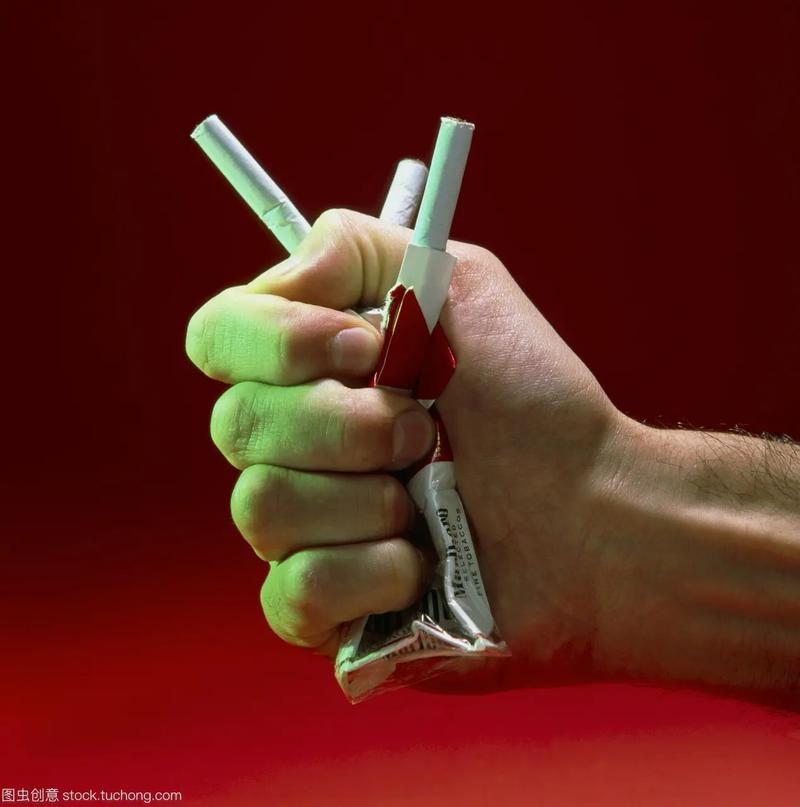For many people living with diabetes, the diagnosis of diabetic macular edema (DME) can feel like a daunting new challenge. This condition, where fluid leaks into the central part of the retina (the macula), is a leading cause of vision loss. The good news is that modern medicine offers a powerful weapon: anti-VEGF injections. These treatments have revolutionized care, often stabilizing and even improving vision. However, what if a common, modifiable habit was secretly making this treatment less effective, forcing patients to need more frequent injections to achieve the same result? Emerging and compelling research points to a surprising and critical factor: tobacco use.
The story begins with understanding the "VEGF" in anti-VEGF. VEGF stands for Vascular Endothelial Growth Factor. In a healthy eye, it's a helpful signal for creating new blood vessels. But in the diabetic eye, high blood sugar damages the delicate vessels of the retina, a state known as diabetic retinopathy. This damage creates a state of hypoxia—a lack of oxygen. In a desperate attempt to fix the problem, the eye goes into overdrive, releasing a flood of VEGF. This excess VEGF is the primary villain in DME; it makes blood vessels excessively leaky, causing the swelling and fluid buildup that blurs central vision.
Anti-VEGF medications are precisely designed antibodies or proteins that act like magic bullets. When injected into the eye, they seek out and bind to the VEGF molecules, effectively neutralizing them. With the main signal for leakage blocked, the retinal vessels can begin to seal, the fluid is reabsorbed, and the swelling in the macula goes down. The result is often a remarkable recovery of visual acuity. The standard protocol involves a series of initial monthly injections, followed by a personalized treatment plan where the interval between injections is gradually extended based on how the eye responds. The ultimate goal for both patients and ophthalmologists is to achieve long-term stability with the fewest number of treatments possible. This is often referred to as extending the treatment interval.
This is where the connection to tobacco becomes critically important. Smoking is not just a risk factor for developing diabetes and its complications; it actively worsens the underlying disease processes. Cigarette smoke contains thousands of chemicals, many of which are potent toxins for blood vessels. Nicotine and carbon monoxide, in particular, create a double assault on the already compromised retinal blood vessels in a diabetic patient. They further constrict blood vessels, reducing blood flow and exacerbating the hypoxic (low-oxygen) environment. Remember, hypoxia is the primary trigger for VEGF production. So, while anti-VEGF injections are working to mop up the VEGF flood, smoking is simultaneously turning the tap on even harder, causing the body to produce more VEGF.

The consequence of this biological interference is direct and measurable. A patient who uses tobacco is essentially fighting their own treatment. Clinical studies and real-world evidence are increasingly showing that smokers with DME require more frequent anti-VEGF injections to control their edema compared to non-smokers. Their "treatment-free interval"—the cherished period between injections where vision remains stable—is consistently shorter. This means that over the course of a year, a smoker might need eight or nine injections to achieve the same level of control that a non-smoker achieves with five or six. This translates to a higher treatment burden, more visits to the clinic, increased cumulative risk of injection-related complications (like infection or inflammation), and significantly higher overall healthcare costs. The financial burden of managing DME in smokers is substantially greater for both the individual and the healthcare system.
Beyond just fueling VEGF production, tobacco use creates a more hostile ocular environment. The chemicals in smoke promote widespread inflammation and oxidative stress, causing direct cellular damage to the retina. This can make the retinal tissue less responsive to treatment and potentially more fragile. Furthermore, smoking is a known risk factor for other conditions that can complicate DME management, such as cataracts and vascular occlusions, creating a more complex clinical picture for the ophthalmologist to manage. The question of how to reduce the number of eye injections for diabetic macular edema often leads directly to a conversation about lifestyle, with smoking cessation being the most impactful change a patient can make.
If you are a patient with DME who uses tobacco, this information is not meant to discourage you, but to empower you. Quitting smoking is one of the most powerful complementary therapies you can adopt for your eye health. It's a direct strategy for improving your response to anti-VEGF treatment. The benefits begin almost immediately. Within just weeks of quitting, circulation improves, oxygen levels in the blood rise, and the chronic inflammatory state starts to subside. For the retina, this means less hypoxic stress and a natural reduction in the drive to produce excessive VEGF. When your ophthalmologist gives you an anti-VEGF injection, the medication can work more efficiently because it's not being constantly counteracted by the effects of tobacco. Many patients who quit find that their macula stays drier for longer, allowing their doctor to successfully extend the time between injections. This is a tangible, life-improving outcome.
Taking the step to quit is challenging, but you don't have to do it alone. A multi-pronged approach is most effective. Start by having an open and honest conversation with your ophthalmologist and your primary care physician. They are your allies and can connect you with valuable resources. Consider the following steps to build your quit plan. First, explore nicotine replacement therapies (NRTs) like patches, gum, or lozenges. These can manage withdrawal symptoms and double your chances of success. Second, ask your doctor about prescription medications such as bupropion or varenicline, which can help reduce cravings and the pleasure associated with smoking. Third, seek behavioral support. Counseling, either individually or in a group setting, provides strategies to handle triggers and stress. Many countries also offer telephone quitlines that provide free, confidential coaching. Combining medication with counseling is the gold standard for smoking cessation.
It's also crucial to build a strong support network. Inform your family and friends of your decision to quit and ask for their encouragement. Avoid triggers where possible; if you always smoked with your morning coffee, try switching to tea for a while or moving to a different room. Find healthy distractions for when a craving hits—go for a brisk walk, chew a piece of gum, or practice deep breathing exercises. Remember, relapse is often a part of the journey to quitting permanently. Don't view a slip-up as a failure; see it as a learning experience and recommit to your goal immediately. Every cigarette you don't smoke is a victory for your retina.
For healthcare providers, this link between tobacco and DME treatment resistance is a critical piece of patient education. It should be a standard part of the conversation when discussing the diagnosis and treatment plan with a patient who smokes. Framing smoking cessation not as a judgmental lecture, but as an integral part of the medical therapy for their sight-threatening condition can be a powerful motivator. Documenting smoking status and providing brief, clear advice on quitting should be a routine practice in every retina clinic. By collaborating with primary care and smoking cessation services, ophthalmologists can offer a holistic treatment approach that addresses the root causes of the disease, not just its symptoms.
The relationship between tobacco use and the need for more frequent anti-VEGF injections in diabetic macular edema is a clear example of how systemic health and ocular health are deeply intertwined. The chemicals in tobacco directly sabotage the mechanism of our most advanced treatments, leading to a higher burden of care for the patient. Recognizing this connection opens a powerful avenue for intervention. For the individual living with DME, quitting smoking is not just about improving long-term health; it is a direct, proactive step towards making their sight-saving treatments more effective, less frequent, and more sustainable. It is a decision that truly helps protect the precious gift of sight.












